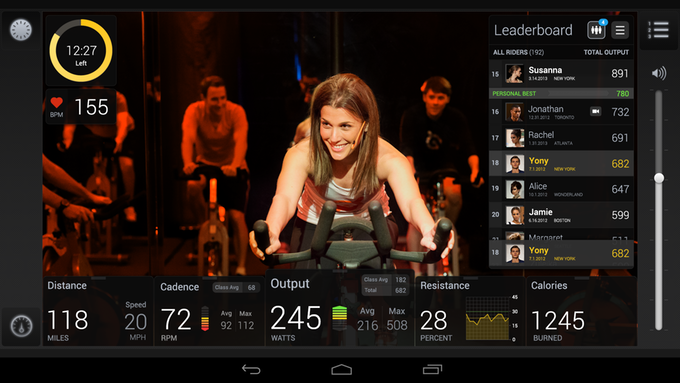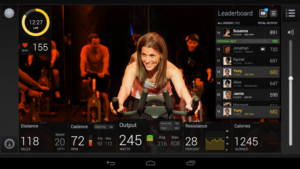How a New Data Source Fueled the Connected Cycling Boom

This post originally appeared on the Fitness Industry Technology Council’s blog, and was co-authored by Karl Etzel from Firstbeat Technologies, and Paul Lockington from the FIT-C Advisory Board.
Up until the late 1990’s, cyclists based their training programs on distance, speed, pedaling cadence and occasionally heart rate. In the early 90’s a German company called SRM developed the first powermeters, giving cyclists access to a new measurement tool to assess their training, and even their race tactics. Expensive, confusing, not as reliable as it should have been and difficult to install, power meter sales were small and were largely to attributed to team riders and pros until the early 2000’s. This was niche stuff.
Fast forward to 2016, and almost every gym in the country has spin bikes with power meters built in. No serious competitor, even at the beginner ranks, would train without power. And ‘connected cycling’ has taken on tremendous new value and spawned numerous startups. What happened? The products matured. They became easily understood, easier to install, more accurate and reliable, and less expensive to buy with more choices available. Market acceptance was driven by compatibility of the sensors with various rich displays (iPhones, performance bike computers) and with services that make the data useful and easy to understand (TrainingPeaks, Strava, Garmin Connect, Zwift). Most recently, boutiques and forward thinking mainstream fitness clubs (Peloton, FlyWheel, LifeTime) are making power data part of their customers’ everyday workout experience.
Power lets two athletes in totally different environments compare their performance in a completely transparent way. This enables a whole new level of social dynamics, as weekend warriors compare themselves to elite pros and spin class participants compare themselves to each other. It also provides new ways for coaches to engage their clients. It even enabled the professional CANYON/SRAM team to find one of their athletes from a 1,200 member online Zwift Academy.
So it’s not just about the power meter. It’s about the connected cycling ecosystem created when this new data source collided with mobile connectivity and broadband. As the market matured, three groups emerged as ‘winners’ in connected cycling:
- Consumers – There’s never been a better time to be a cyclist. A varied landscape of connected cycling products and experiences have emerged and made cycling more fun and popular than ever before.
- Startups – that saw what was happening and built something unique.
- Existing players – They (eventually) found ways to improve their products and their customer experience, engaging consumers in new ways with new data.
Is cycling the only sport seeing this trend? Absolutely not. And in part II we’ll explore how this same evolution will happen in strength training.
Our goal is to apply the lessons from connected cycling to the connected strength market and unlock the value more quickly, with lower risk. There’s no reason for consumers, startups, and existing fitness companies to wait so long for the next wave of incredible digital products to emerge.


